A general overview of the economic and transportation aspects of Edmonton, Canada.
Vectormap.Net provide you with the most accurate and up-to-date vector maps in Adobe Illustrator, PDF and other formats, designed for editing and printing. Please read the vector map descriptions carefully.
Economic Overview:
1. Diversified Economy:
Edmonton has a diverse and robust economy with key sectors such as oil and gas, manufacturing, healthcare, education, and technology. The city serves as a major hub for the oil sands industry, contributing significantly to its economic growth.
2. Oil and Gas Industry:
The oil and gas sector has historically been a crucial driver of Edmonton’s economy. The city’s strategic location has made it a key player in the extraction, refining, and distribution of petroleum products.
3. Government and Public Services:
Edmonton is the capital city of the province of Alberta, and as such, government and public services play a significant role in its economy. The presence of government institutions contributes to stability and employment.
4. Healthcare and Education:
The city is home to major healthcare and educational institutions, including the University of Alberta and various hospitals. These sectors contribute to employment, research, and innovation.
5. Technology and Innovation:
Edmonton has been making strides in the technology and innovation sectors, fostering the growth of startups and attracting investment in research and development.
Transportation Overview:
1. Roads and Highways:
Edmonton has an extensive road network, including major highways and thoroughfares. Anthony Henday Drive, a ring road, facilitates traffic flow around the city. The Yellowhead Highway (Highway 16) connects Edmonton to other cities and provinces.
2. Public Transit:
Edmonton Transit Service (ETS) operates the city’s public transit system, including buses and light rail transit (LRT) known as the Edmonton LRT. The LRT connects various parts of the city, providing an efficient means of transportation.
3. Air Transportation:
Edmonton International Airport (YEG) is a major transportation hub serving both domestic and international flights. It plays a crucial role in connecting Edmonton to other cities and facilitating the movement of goods and passengers.
4. Rail Transportation:
Rail transportation is essential for the movement of goods in and out of the city. Edmonton serves as a key rail hub, facilitating the transportation of commodities, including those related to the oil and gas industry.
5. Port Facilities:
Although Edmonton is landlocked, it is part of the North American rail network that connects to ports in Vancouver and Prince Rupert, providing access to international markets.
Keep in mind that economic and transportation landscapes can change, so it’s advisable to consult more recent sources for the latest information on Edmonton’s economic and transportation status.

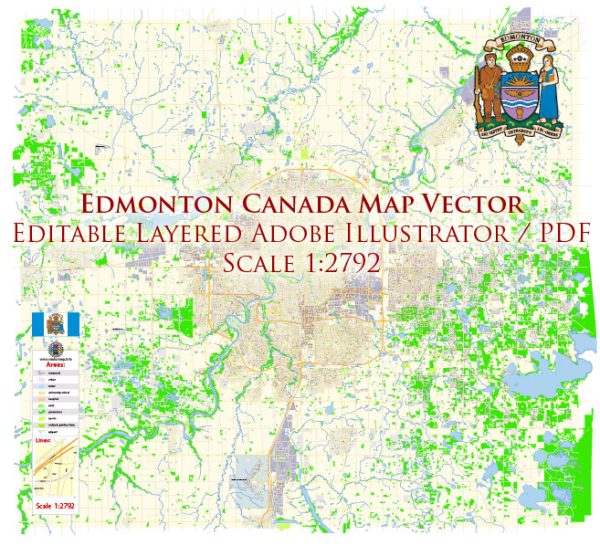
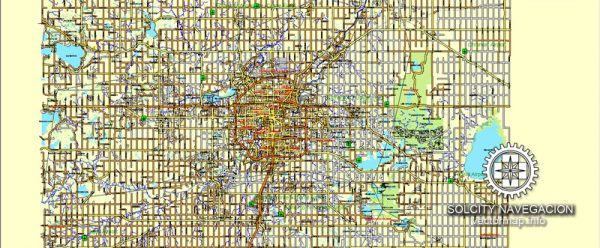
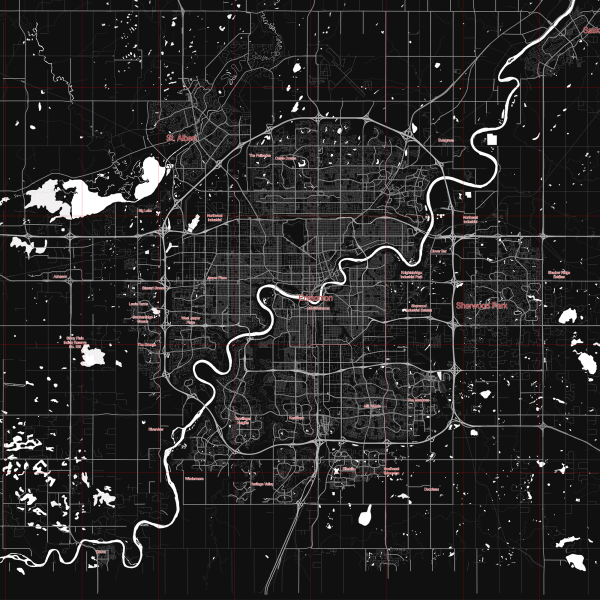
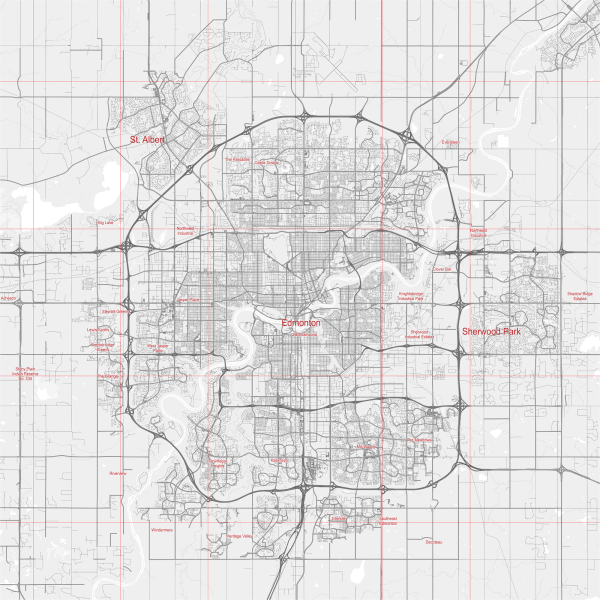
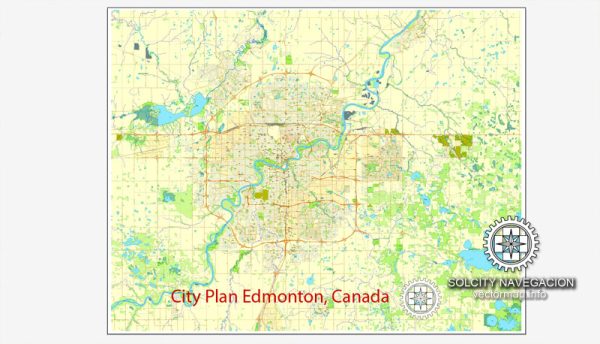
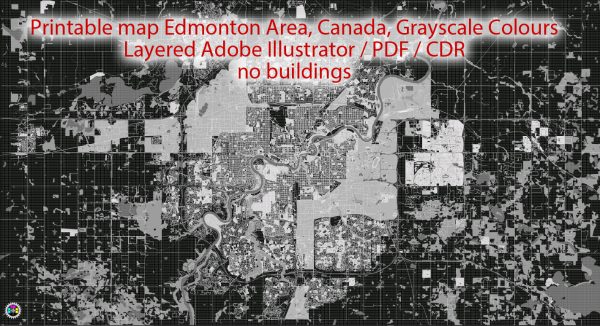
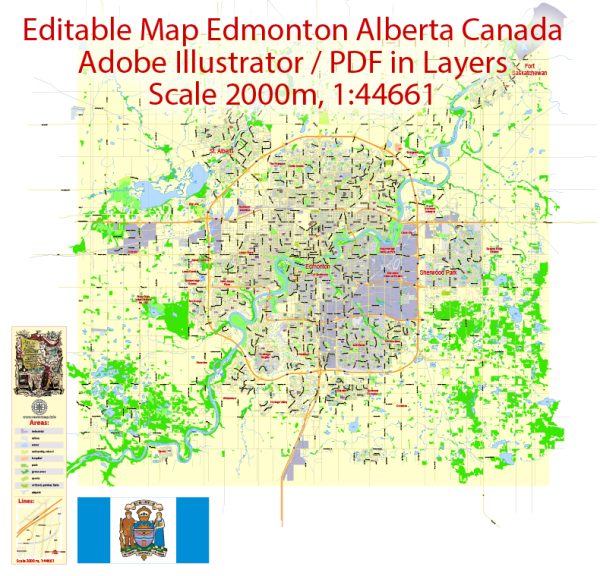
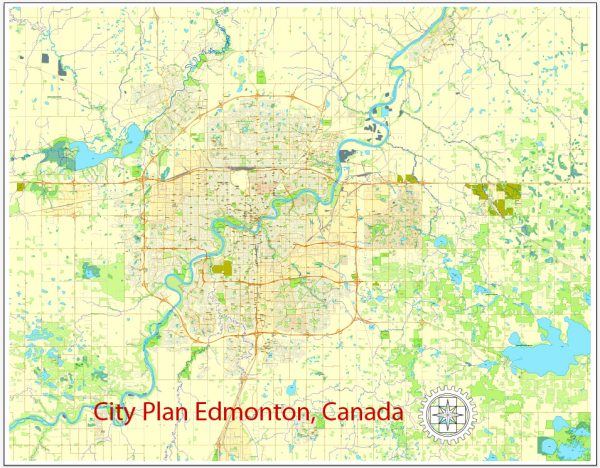
 Author: Kirill Shrayber, Ph.D.
Author: Kirill Shrayber, Ph.D.